How the whisky gets into the bottle!
In Scotland, the Glenfiddich, Springbank and Bruichladdich distilleries have their own bottling facilities. All other distilleries take their whisky to large bottlers in Glasgow, Edinburgh or Perth.
The whisky is transported in lorries to central bottling plants. As a rule, around 30,000 to 60,000 bottles of the most popular single malt whiskies are bottled in one batch. The whisky bottles, which are previously cleaned and checked for possible contamination and damage, are filled in filling lines in exact quantities fully automatically. They are then sealed and labelled.
The Material
Each whisky bottle consists of the glass bottle, the cap and the labels. Many bottles are packaged in cardboard boxes or tubes after bottling and various bottle sizes (0.7 litre, 0.75 litre, 1.0 litre) are filled. The whisky market is particularly diverse in terms of bottle shape. In addition to slim, tall bottles, there are also bulbous bottles reminiscent of old apothecary bottles. Particularly iconic are the triangular bottles from Glenfiddich, the finely fluted bottles from Harris or the heavy, compact bottles from Raasay, in which imprints of fossils and stones are incorporated. Cork is still predominantly used as a stopper. It gives the whisky a noble appearance. Glass corks are gaining ground as an alternative and screw caps are already common for many blends and inexpensive whiskies.
The Bottling
The bottles and caps are distributed in the bottling plant. The tanks are filled with whisky and the actual filling process can begin. The bottles are ready in the so-called bottle carousel. This is also referred to as a rotary bottling machine, as the bottles are arranged in a circle - like in a carousel. The whisky is filled precisely using filling rods. The whole process takes place at breathtaking speed with the sound of clinking glasses and the smell of whisky.
Next, the bottles are capped. The rotation of the carousel is skilfully used to screw the bottles shut. A so-called shrink sleeve closes the bottle completely. After a visual check of the fill level, the bottles are labelled. This contains the name of the distillery, the type of cask used, the distillation and bottling date as well as the cask and bottle number. They are then checked again and go into the packaging.
The Packaging
The fully labelled bottles are placed on a conveyor belt in the opened packaging boxes, sealed and are now finally ready for sale and our whisky enjoyment at home! A new trend that can now be observed is that outer packaging is made of environmentally friendly material or is even dispensed with altogether!
Whisky Bottling by hand
There are also distilleries that bottle by hand. One example of this is the German distillery St. Kilian. Here, small work groups fill the bottles from the barrel by hose in individual steps on the distillery premises. They are then corked, shrink-wrapped and finally closed before being labelled by hand. A final check is carried out by hand and eye. The bottle is then packaged at St. Kilian in a lightweight, environmentally friendly cardboard box.

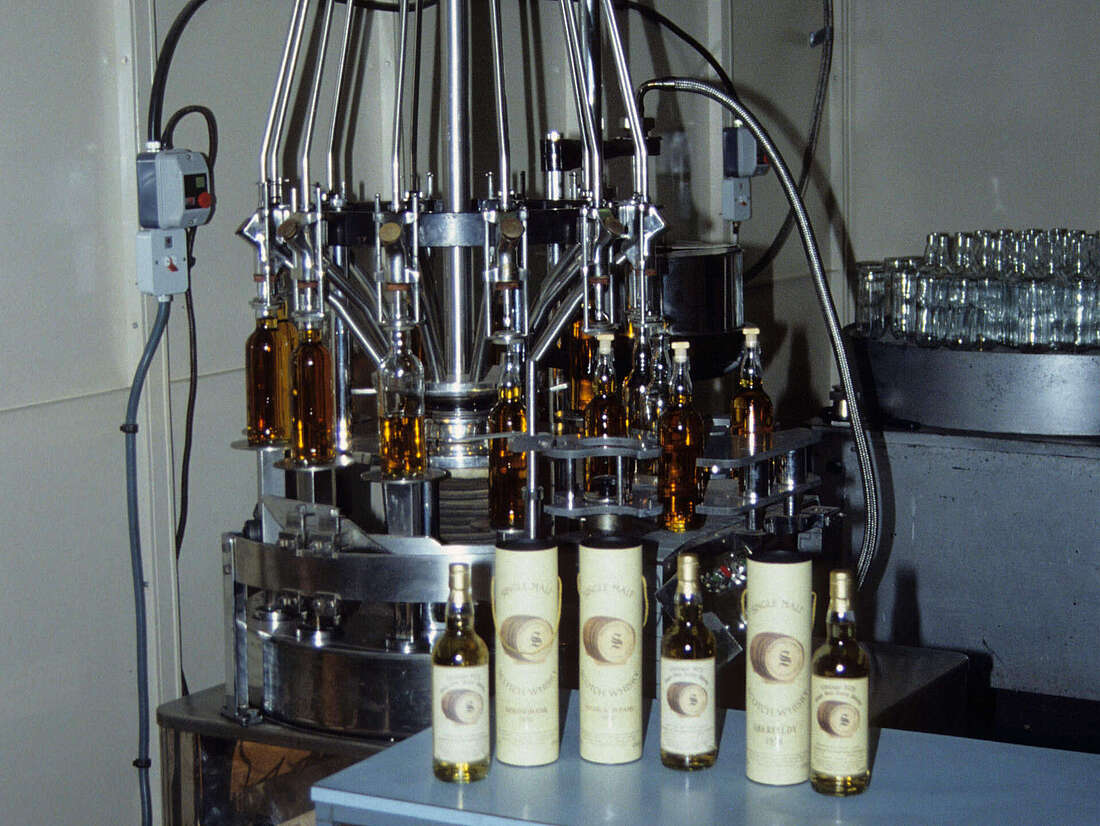
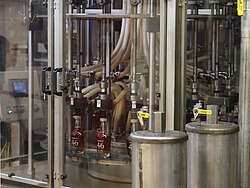
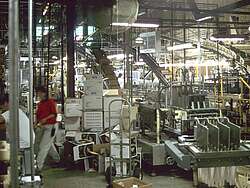
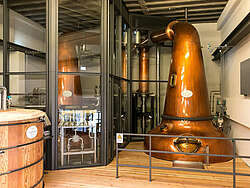


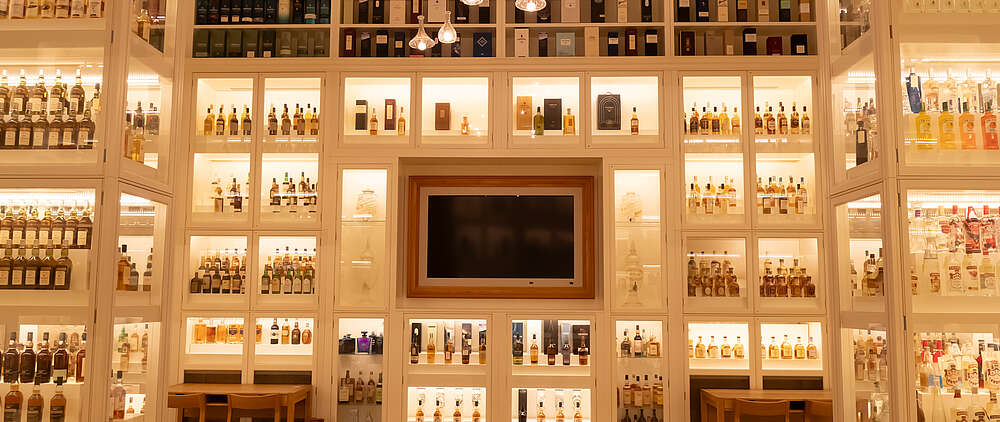
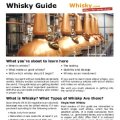
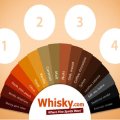

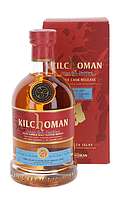
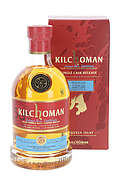
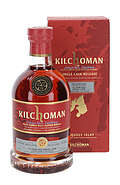
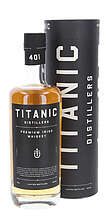
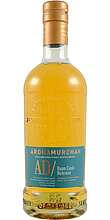



To comment, you must be logged in